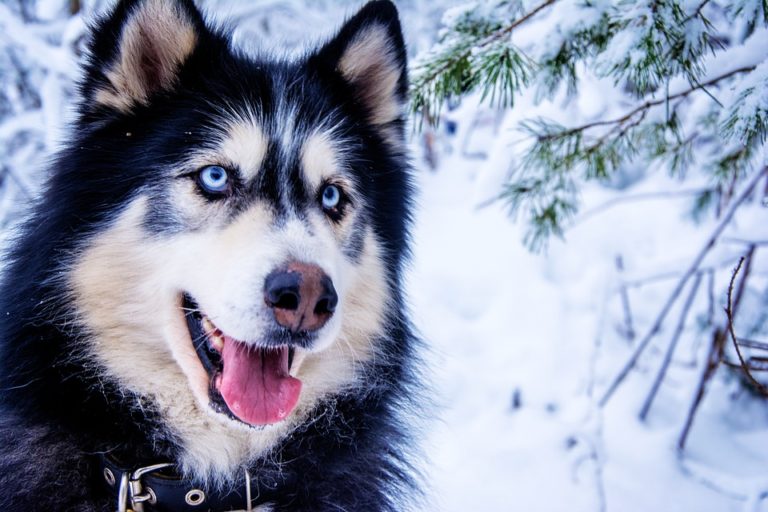
Australia is known for its vast and prosperous wildlife. Creatures of all shapes and sizes thrive in the great outback. While some of them are relatively safe and docile, other creatures are dangerous and feral. One of which is the wild dog.
The appearance of wild dogs is quite common, especially in remote areas. They can pose a threat to the safety of individuals, families, and communities. Proper animal management should be enforced not only for the security of the people involved but also for the conservation and protection of these animals. Investing in a reliable dog trap is the first step to ensure safety in moments of necessity.
Choosing a Reliable Dog Trap
Dog traps are rather different to cages. They are designed and created to catch animals quicker and more efficiently. When buying a reliable dog trap, the three things to consider are mainly size, safety, and durability.
Size: One can never truly grasp the precise size of the dog to be caught. However, the trap should be big enough to fit the head to the dog’s tail with extra room for movement. The safest bet is to go a size larger. Traps about 42″ long and 15″ wide are more versatile and reliable for medium-sized canines. If one expects to catch a larger creature, be sure to coordinate with an experienced trap provider.
Safety: This goes both ways: safety for the person and the animal involved. A good dog trap should work properly without requiring close and dangerous interaction between the two parties. Additionally, there shouldn’t be any rough edges or sharp wires inside the cage to prevent incurring any injury from the animal once caught.
Durability: The strength of the dog trap should be able to withstand the brute force of the dog. These animals are not only heavy, but they’re also quite agile and powerful. Finding a trap that can contain their movements and possible attacks is vital for the success of the catch.
Setting Up the Dog Trap
After investing in a dependable dog trap, the next step is setting the trap. There are several places to set the dog, but only a few prove to be successful. Typically, traps are best placed parallel to known activity spots. This can be anywhere from roadsides, ridge tops to cattle tracks and fence lines. Domestic dogs can detect the best location to set the trap.
While walking a pet dog to the wild dogs’ expected vicinity, they will exhibit certain behaviours that can guide any trapper to the right spot. Consider where they sniff, where they urinate or defecate, and where they scratch. They are usually drawn to the scent of wild dogs. By studying these behaviours, one can ascertain a clever position to set the dog trap.
Luring the Animal
To prevent any human and dog face-off, one should use a lure to let the creature come to the trap and not the other way around.
One of the popular lures for wild dogs is a combination of urine and dog faeces. However, this does not guarantee a foolproof catch. Often, the success rate of the lure depends on the season and the location of the catch. An alternative bait could be a selection of food options. Placing a combination of bones and meat can be a more effective approach to luring the animal. Whatever the case, it is important that the lure is enticing enough to the dog’s senses.
Useful Reminders
Trapping wild dogs can be a dangerous venture especially for inexperienced trap users. Be sure to contact field experts that can provide guidance and support. Likewise, be knowledgeable about the surroundings.
Always be wary and keep the senses on high alert. Safety is first and foremost the priority in such endeavours. It can only be deemed a success when both the animal and the person are protected from the threats of wildlife.